Portsmouth Water has reduced the city’s water leaks by six million litres a day – here’s how they did it


The firm has spent an extra £2.1m on finding and fixing leaks in the last year – with the purchase and installation of more than 2,500 PermaNET+ devices used to detect underground leaks as they occur.
It has also reduced pipe repair time from eight days to three and wants customers to know it is serious about beating leaks, but that they too, play a crucial part in detecting them.
Advertisement
Hide AdAdvertisement
Hide AdRichard Keates, leakage project manager for Portsmouth Water, said: ‘We monitor for leaks daily and we've invested heavily to improve our efficiency in finding them.
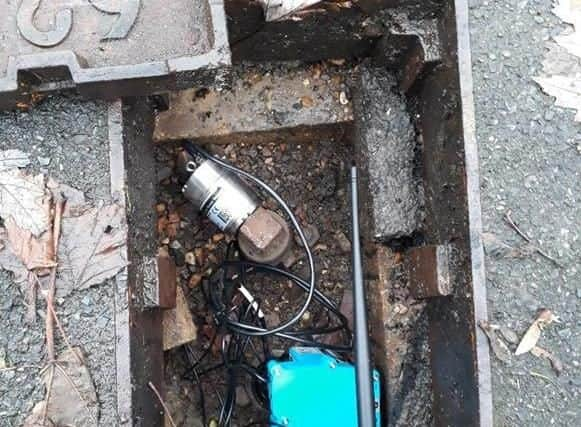

‘We’ve spent £1.27m extra on new technology and £850,000 on additional staff to deploy those resources.
‘There are two types of leaks – below ground leaks that we have to physically search for and above ground leaks that our community-minded customers are very helpful in reporting to us.
‘This time of year that is difficult for them because distinguishing between a puddle and a leak is very challenging.
Advertisement
Hide AdAdvertisement
Hide Ad‘We have as many leaks reported by our customers as we find underground.
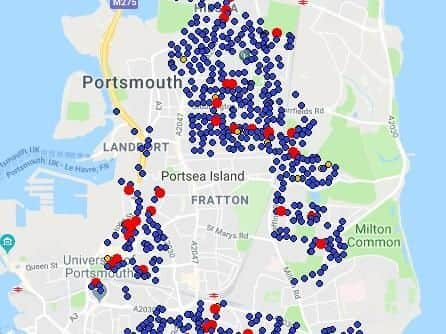

‘Excessive changes in pressure, traffic loading and ground movement are mainly what causes them to occur.
‘As the ground dries out in the summer the ground contracts and moves and then expands when it gets wetter in the winter, and that’s what stresses the pipe, and causes weak points to burst.
‘People think it’s freezing temperatures but it’s actually the ground movement.
‘The quicker we know about a leak the less water is lost.’
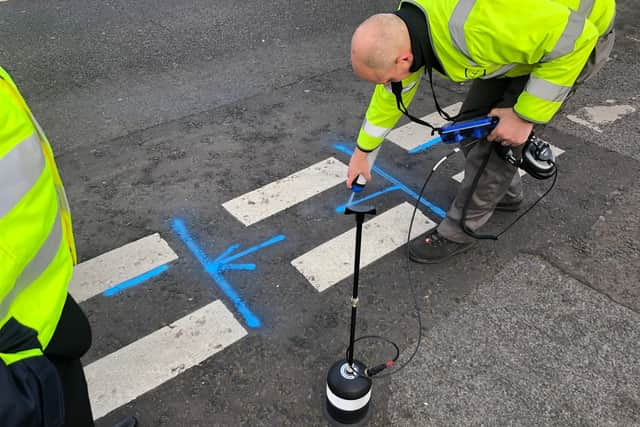

Advertisement
Hide AdAdvertisement
Hide AdPortsmouth Water provides public water supplies to almost 700,000 people as well as to large defence establishments and varied commercial businesses
The firm would usually only spend about £1.85m on leakage control in a year.
PermaNET+ devices are used to detect leaks on metallic pipelines.
More than 2,500 of them have been installed, with many in Portsmouth, on metal fittings connected to water mains via fire hydrant chambers.
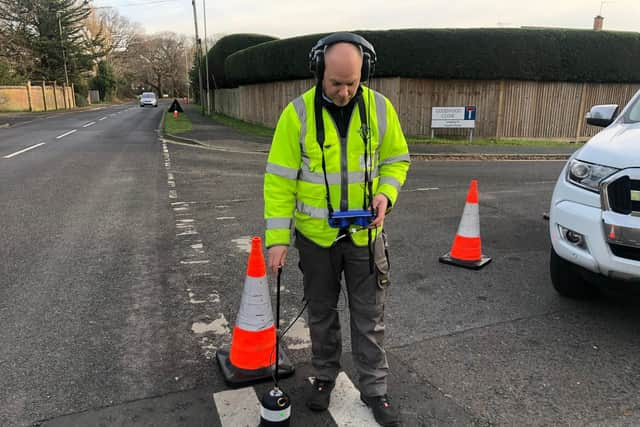

Advertisement
Hide AdAdvertisement
Hide AdNo digging is required and they have been placed in areas where there are predominantly older pipes – as leaks are more likely to occur here.
Small leaks create noisy high-pitch sounds while larger, leaks create deeper, quieter sounds.
The devices use leak noise sensors and data technology to monitor leakage – this data is then transmitted back to Portsmouth Water.
Staff can monitor the status of each device on an online map-based software, that works in conjunction with Google Maps, with live on-screen tracking.
Advertisement
Hide AdAdvertisement
Hide AdThe devices record the sound of the suspected leak and provide detailed noise graphs. They allow staff to localise the leak position for a follow-up.
Mr Keates added: ‘Since September when our first device was installed we’ve reduced leakage by about 6 million litres of water per day.
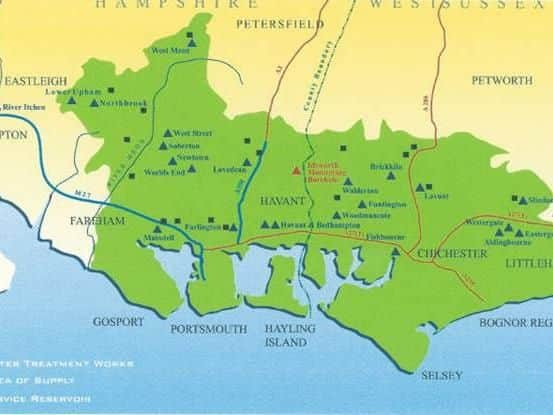

‘The devices give us an estimate location of where the leak is so we only have to search a few streets rather than a much wider area.
‘They are one of the many tools we use. We don’t have universal coverage across our whole area with them – about 25 per cent of our customers are covered with this technology.
Advertisement
Hide AdAdvertisement
Hide Ad‘One solution doesn’t fit all and these are specifically for metallic pipes.
‘We are continually reliant on our customers assisting us.
‘When it comes to people notifying us about leaks we’d rather go out on false alarms than have no notification at all.
‘Leakage is a function of detection time and repair time, and these devices allow us to find leaks very quickly, and reduce the volume of water lost.’
The PermaNET+ devices estimate where the leak is and staff visit the site and use instruments along the specified section, to find out where exactly the leak is, before a hole is dug in the ground.
Advertisement
Hide AdAdvertisement
Hide AdAll leaks are detected by listening for noise. Different leak detection techniques are used for different types of pipes.
If you spot any water on a road or pavement surface and you think it may be a leak, call the company’s free leak line, on 0800 434 6104.
PANEL
WHAT HAPPENS AFTER A LEAK IS DETECTED?
Whether leaks are detected using PermaNET+ devices or not – actions to detect the exact whereabouts of a leak are always the same when following up an alarm.
Network leak specialist Andy Mackenzie said it’s expensive and disruptive to dig holes in the highway.
Advertisement
Hide AdAdvertisement
Hide AdHe and his colleagues, who work at WLLS as one of Portsmouth Water’s specialist contractors, use a specific method that allows them to pinpoint an exact location so only one hole needs to be dug in the road.
A leak was detected at the junction of Goodwood Close in Waterlooville, leading on to Park Lane.
With an estimate of where the leak was occurring, it was Mr Mackenzie’s job to determine where exactly the leak was.
He said: ‘We come to the site and use a mobile GIS system which shows us the whole water network underground. We need to know where all the pipes run, where the fittings are and where the water mains are.
Advertisement
Hide AdAdvertisement
Hide Ad‘The PermaNET+ devices give us a potential leak position so we listen for the leak by placing two acoustic sensors up either side of where that location is, in different places on fittings and valves, before we get the right area.
‘We need to run a correlation and put certain parameters into our system to determine where the leak is between the sensors.
‘We tell our software the distance between the sensors, which in this case was 248 metres, and the type of pipe running between them.
‘Then we record the information gathered by the sensors which calculate the time it takes for the leak noise, if there is one, to reach each one, then it tells us the distance the leak is between the two.
‘We might need to correlate a few areas to find the leak.
Advertisement
Hide AdAdvertisement
Hide Ad‘In this case it was 90 metres away from one sensor so I used a ground measurement wheel to walk 90 metres to that area.
‘Then I used a ground microphone to pinpoint the exact location of the leak and mark it out on the road.
‘This method means we are able to excavate directly at the leak location to minimise interruptions and disruption to customers and we don’t have to pepper-pot the road with lots of holes.’
MINI PANEL IF WANTED WITH PIC OF SUPPLY AREA MAP ON MEDIA FILES – THE CAPTION IS ON THE PICTURE WHICH WOULD BE THE TEXT FOR THIS PANEL